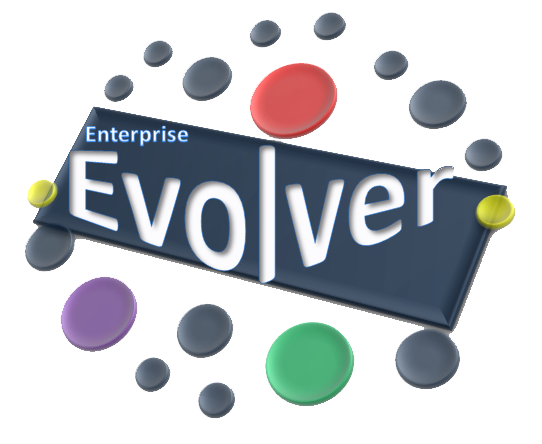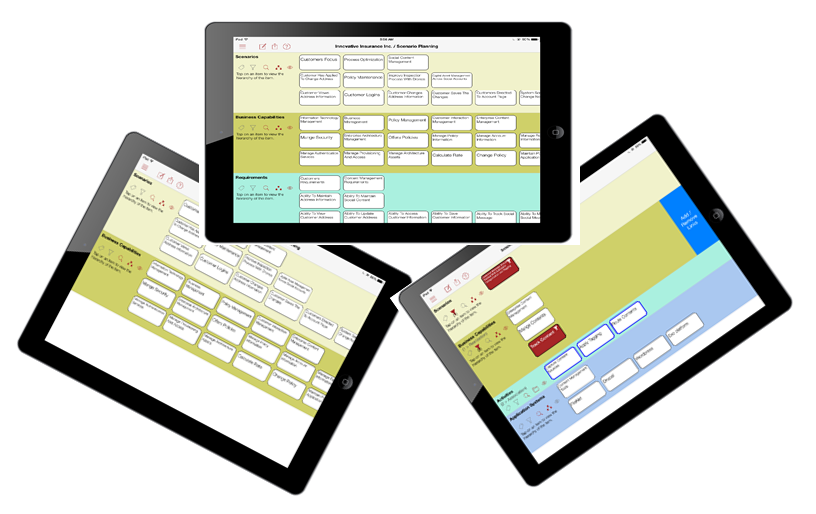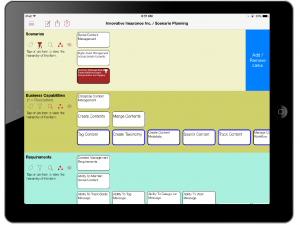By: Syed Suhail Ahmad
Scenario planning is a simple but vital tool in business. It is about painting a picture about a potential future in order to create a more informed and successful strategy. The arena of scenario planning came to the fore recently at the World Economic Forum where leaders discussed the vital issue of water. In an environment where even Coca Cola had to close a plant in India because of complaints by local farmers about the strain on the local water supply, it is clear that scenario planning has an important role to play in the development of business strategies to make the best use of water which is often in the wrong place, or of an inferior quality.
Of course, the issue of potential water shortages in industry is a major global concern, but scenario planning can be used as a decision making tool for any size or type of business process.
Why is scenario planning so useful?
The use of scenario planning is not a method of producing a precise vision of the future; that isn’t possible. It does allow business leaders to solidify their vision and enable all personnel to visualize the attributes and direction necessary to follow the “story” as closely as possible. It also provides the opportunity for future planning to be challenged in a tangible way. If you have a scenario in front of you it is a lot easier to identify potential hurdles, and suggested solutions and changes, than it is in a purely theoretical situation.
Since 1971, when its first oil-price scenarios were prepared, scenario planning has been a central tool of Shell’s operational strategy. Of course many businesses relay strongly on scenario planning, and it is the role of their Enterprise/Business Architects is to create a blueprint to map the scenarios created by management to provide a strong and informative vision of the entire operation and its potential. Look at a definition of this role and you will see that it refers to creating a blueprint that details a universal understanding of the business as a whole in order to align strategic planning and development. The trap that many businesses have fallen into over the years, is that their blueprint has been static; based on assumptions that the business world they exist in will remain the same.
Scenario planning addresses this and allows a business to measure its business capability against potential future scenarios which take into account potential business, process and environmental changes. It allows a business to evolve and grow within its environment.
How can Enterprise Evolver assist with scenario planning?
Using Enterprise Evolver helps Business Architects to create enterprise capability model and identify necessary enhancement and improvement to the capabilities impacted by scenarios. Here are the steps to enable scenario planning:
- Create business capability models
- Capture scenarios (Note: You need to create a new category Scenario from the System Editor in Enterprise Evolver as scenario category does not exist by deafult; add a relationship between scenario and capability.)
- Map capabilities against scenarios to identity necessary enhancement and inform future management decisions using the Canvas Editor
- Create a scenario organization map to inform of necessary changes to business units business strategy and presenting desired improvements in financial terms to get business partners to make appropriate tradeoff decisions.
- Create a scenario capability execution map to show what features and functionalities were created to enable the scenarios
- Create a scenario heat map. This depicts a scenarios heatmap against criteria such as empathy, design, symphony or story.
The technical aspect of how Enterprise Evolver achieves all of this is impressive. A 2-dimensional framework is used to visualize the scenario mapping. From a practical point of view what this means is that you get the complete picture in one place. You can see the entire scenario tree, and how it impacts at all levels within the organization. If you want to examine one area in more detail; that isn’t a problem. Enterprise Evolver has the facility for you to filter any scenario you want, in order to look at it more closely. To enable you to correctly analyze the scenario you can also filter the capabilities required in respect of that particular scenario. You can immediately see the value of Enterprise Evolver as a scenario planning tool. Not only does it enable you to see the whole of your scenario planning; it also enables you to see how each individual scenario fits, and what it means for the development of your business capabilities and future strategy. Enterprise Evolver allows your business to evolve by supporting the creation of dynamic blueprints as scenarios are created and capabilities change. It enables management strategy decisions to be based on a tangible examination of future challenges and opportunities, as your business evolves.
Say goodbye to Powerpoint mapping!
To download from the Apple Store , tap here. For an enterprise license, contact us using this link.








